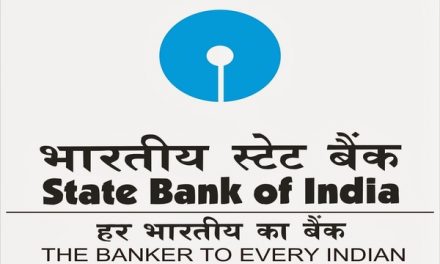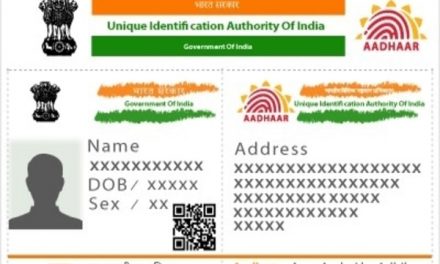RBI announces new measures to ease the compliance burden on sectors of the Indian economy that are most affected by the coronavirus pandemic. Accordingly, it has extended realisation period of export proceeds to give more time to exporters to comply with regulations.
Presently, the value of goods or software exports made by exporters is required to be realized fully and repatriated to the country within nine months from the date of export. The time period for exports made up to or on July 31, 2020, has been extended to 15 months from the date of export.
The measure will enable the exporters to realise their receipts, especially from COVID-19 affected countries within the extended time period and also provide greater flexibility to them to negotiate future export contracts with buyers abroad,” the RBI said in a statement.
The apex bank has also decided to increase ways and means advances (WMA) limit by 30 per cent for all States/UTs to enable these to tide over the situation arising from the coronavirus pandemic. The revised limits will come into force with effect from April 1, 2020 and will be valid till September 30, 2020.
The RBI had set up an Advisory Committee under the Chairmanship of Sudhir Shrivastava to review the Ways and Means limits for States/UTs. The decision to increase the limit has been taken even though its final recommendations are pending.
In yet another decision, the RBI has decided not to activate countercyclical capital buffer (CCyB) for one year or earlier, as may be necessary. This would free banks from maintaining a capital buffer at a time when there is a need to boost investment climate in the economy by offering easy credit to industry.
The framework on CCyB was put in place by the RBI in terms of guidelines issued on February 5, 2015 wherein it was advised that the CCyB would be activated as and when the circumstances warranted, and that the decision would normally be pre-announced. The framework envisages the credit-to-GDP gap as the main indicator, which is used in conjunction with other supplementary indicators.
The central bank had last week sought to cushion both borrowers and lenders against the unprecedented disruption triggered by the COVID-19 outbreak and allowed the banking companies to provide a three-month grace period on loan repayments.
It also gave banks the breathing space on default tagging in the event of customers skipping payments. All term loans, including agricultural term loans, retail and crop loans and working capital payments, will be covered by the three-month moratorium, the RBI said.
“All commercial banks, NBFCs (nonbanking finance companies), all-India financial institutions are permitted to grant a moratorium of three months on payment of all instalments falling due between March 1, 2020, and May 31, 2020,” the RBI had said on Friday.
The measures came on the day the central bank slashed the benchmark repo rate to a record low to help spur demand when the nation of a billion-plus consumers is to end its Covid-19 lockdown by mid-April as per the current timetable.
Here are the new measures announced by the central bank
1. Extension of realisation period of export proceeds
Presently value of the goods or software exports made by the exporters is required to be realized fully and repatriated to the country within a period of 9 months from the date of exports. In view of the disruption caused by the COVID-19 pandemic, the time period for realization and repatriation of export proceeds for exports made up to or on July 31, 2020, has been extended to 15 months from the date of export. The measure will enable the exporters to realise their receipts, especially from COVID-19 affected countries within the extended period and also provide greater flexibility to the exporters to negotiate future export contracts with buyers abroad.
2. Review of Limits of Way and Means Advances of States/UTs
Reserve Bank had constituted an Advisory Committee (Chairman: Shri Sudhir Shrivastava) to review the Ways and Means limits for State Governments and Union Territories (UTs). Pending submission of the final recommendations by the Committee, it has been decided to increase WMA limit by 30 percent from the existing limit for all States/UTs to enable the State Governments to tide over the situation arising from the outbreak of the COVID-19 pandemic. The revised limits will come into force with effect from April 1, 2020 and will be valid till September 30, 2020.
3. Implementation of countercyclical capital buffer
The framework on countercyclical capital buffer (CCyB) was put in place by the Reserve Bank in terms of guidelines issued on February 5, 2015 wherein it was advised that the CCyB would be activated as and when the circumstances warranted, and that the decision would normally be pre-announced. The framework envisages the credit-to-GDP gap as the main indicator, which is used in conjunction with other supplementary indicators. Based on the review and empirical analysis of CCyB indicators, it has been decided that it is not necessary to activate CCyB for a period of one year or earlier, as may be necessary.












